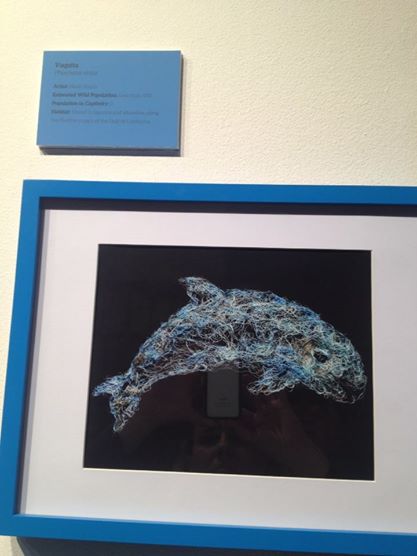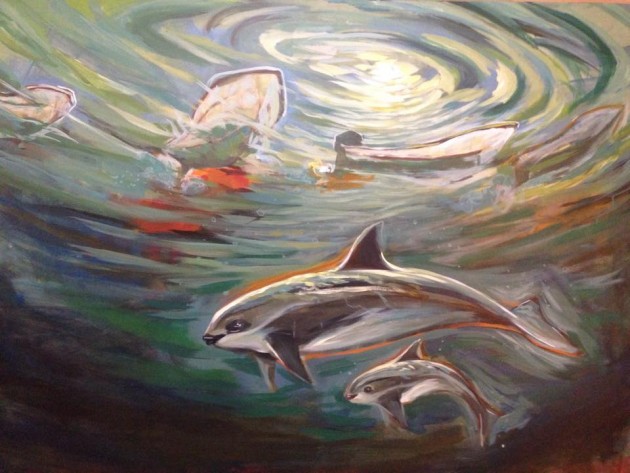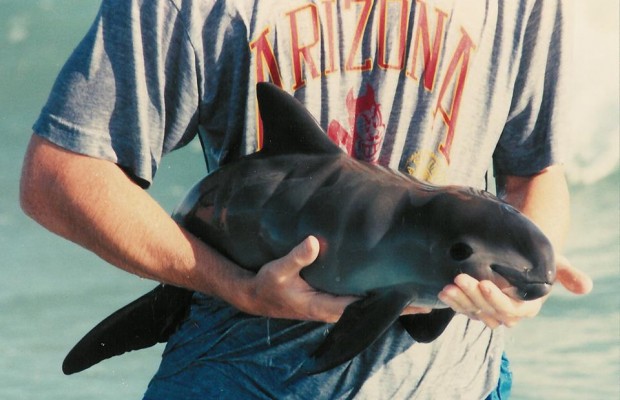The critically endangered vaquita marina (Phocoena sinus) is a species endemic to this region. It is believed that only 100 vaquita remain and its very survival has been widely debated within the fishing sector.
According to studies done by various organizations, including the International Union for Conservation of Nature, as of July 2014 there were only 100 of this species living within the northern waters of the Sea of Cortez in the Upper Gulf of California. Within this polygon of the Vaquita Marina Reserve fishing of any kind is prohibited.
The vaquita marina is a cetacean, which according to the International Committee for the Recovery of Vaquita has been continuously decreasing in number, falling victim to gillnets used within the fishing industry for the capture of other species.
Hiram Peña, Deputy Director of the Intercultural Center for the Study of Deserts and Oceans (CEDO) located in Puerto Peñasco, expresses capture of the vaquita marina has been incidental, which is why modifications have been put in place for fishing in the region to prevent the extinction of this critically endangered species.
Among efforts on the federal level to preserve this species, an initiative to restrict fishing for a period of up to two years has been launched for the Upper Gulf of California. This also aims to protect other species not currently listed as endangered. Additional measures include the use of drones in the area to monitor illegal fishing activity that could put the vaquita at further risk.
For years, the mere existence of the vaquita marina has been a topic that has caused debate within the fishing sectors of Puerto Peñasco, the Gulf of Santa Clara, and San Felipe. Many reject there have been any sightings of this mammal and deny any accidental capture of the vaquita in their nets.
Even so, based on results of studies regarding survival of the species, efforts to preserve the vaquita remain in place to the point the push for a two year restriction on fishing in the region is being studied by federal offices including SAGARPA (Secretary of Agriculture, Livestock, Rural Development, Fishing, and Feed), CONAPESCA (National Commission of Aquaculture and Fishing), and PROFEPA (Federal Environmental Protection Agency) along with environmental organizations.

In addition to study by experts, the vaquita’s possible extinction has inspired various artistic efforts including more than a decade of work by visual artist and Puerto Peñasco native Guillermo Munro Colosio. Munro Colosio (a.k.a. MEMUCO) has developed a series of investigations, info-graphics, and art surrounding this the smallest cetacean in the world. The vaquita has also inspired blacksmiths to mimic its figure, and it has been central in art created by the grassroots organization PangeaSeed West Coast.
Protection of the vaquita marina is an issue on the table before various federal offices and in coming months modifications or new laws may arise to promote conservation of this marine species.
Sources: CEDO, excerpts from El Excelsior.
